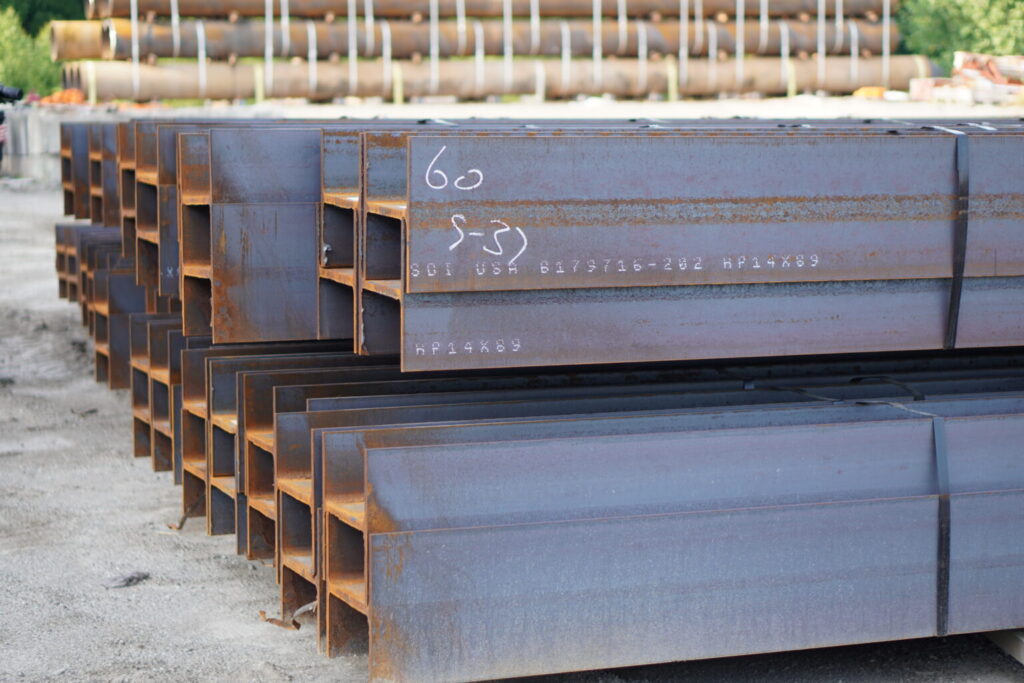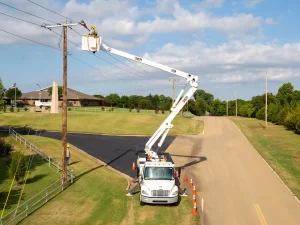H piles are essential components in foundation construction, providing critical support for structures built on unstable or soft ground. The installation of H piles requires precision, expertise, and adherence to best practices to ensure the stability and longevity of the structure. Here are some best practices for installing H piles from Stealth Pipe and Steel to achieve optimal results in construction projects.
1. Site Assessment and Planning
Before installing H piles, a thorough site assessment is crucial. This involves evaluating the soil conditions, load requirements, and environmental factors that may affect the installation process. Soil tests should be conducted to determine the soil’s bearing capacity and to identify any potential challenges, such as the presence of rock layers or groundwater. Proper planning based on the site assessment ensures that the correct type and size of H piles are selected, reducing the risk of installation issues.
2. Choosing the Right Equipment
The selection of appropriate equipment is vital for the successful installation of H piles. The equipment must be capable of driving the piles to the required depth and maintaining alignment throughout the process. Hydraulic hammers, vibratory pile drivers, and drilling rigs are commonly used tools for H pile installation. The choice of equipment depends on factors such as the pile size, soil conditions, and project specifications. Stealth Pipe and Steel provides guidance on selecting the right equipment for different types of H piles and installation scenarios.
3. Precision in Pile Placement
Accurate placement of H piles is essential to ensure that they provide the necessary support for the structure. This requires careful alignment and positioning of the piles during installation. Surveying tools and GPS technology can be used to ensure that each pile is placed in the correct location and at the right angle. Proper placement also involves driving the piles to the required depth, which may vary depending on the load-bearing capacity of the soil.
4. Monitoring During Installation
Continuous monitoring during the installation process is crucial to ensure that the H piles are installed correctly. This includes monitoring the driving force, pile depth, and alignment. Any deviations from the planned installation should be addressed immediately to prevent future issues. Monitoring also helps identify any unexpected obstacles, such as underground utilities or rock formations, that may require adjustments to the installation process.
5. Ensuring Structural Integrity
After the H piles are installed, it is important to verify their structural integrity. This can be done through load testing, which involves applying a load to the piles and measuring their response. Load tests help confirm that the piles can support the intended loads without excessive settlement or deformation. H piles from Stealth Pipe and Steel are designed to meet stringent quality standards, ensuring their reliability in various construction applications.
Conclusion
The successful installation of H piles in construction projects depends on careful planning, precise execution, and continuous monitoring. By following these best practices, contractors can ensure that H piles from Stealth Pipe and Steel provide the necessary support for structures, even in challenging soil conditions. Proper installation not only enhances the stability of the structure but also contributes to the overall safety and longevity of the project.




